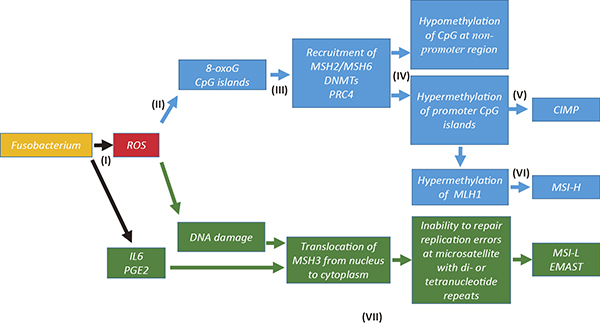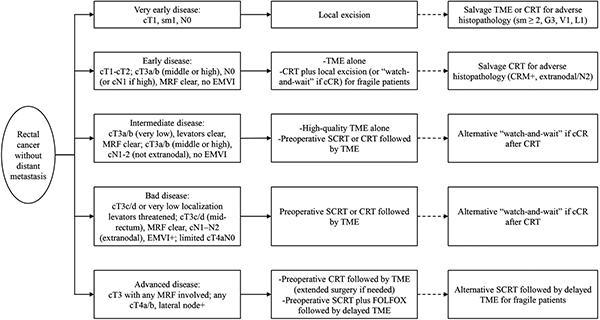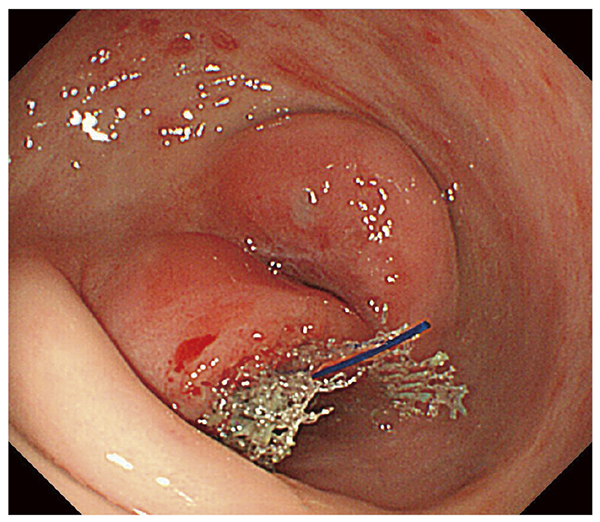Objectives: Non-surgical treatment is an acceptable approach for managing appendiceal abscess in adults. However, it is only applicable for selected patients, and conversion to surgery is mandatory for failed conservative treatment. This study aimed to determine the predictive factors for unsuccessful outcomes. Methods: Of 594 patients with acute appendicitis, 34 (5.7%) diagnosed with appendiceal abscess were initially treated conservatively. Patients were divided into two groups: the conservative group, which was successfully treated with antibiotics and percutaneous abscess drainage, and the conversion group, which comprised patients who had surgical conversion despite conservative treatment. Risk factors for the conversion group were investigated by comparing clinical and radiological parameters between the two groups. Results: Eight (23.4%) patients were converted to surgical management at an average of 5.5 days of non-surgical treatment. An abscess size greater than 40 mm and a lower rate of improvement in the white blood cell (WBC) count were significant factors for predicting conversion in multivariate analysis. The conversion group had a long operative time and high morbidity and operative conversion rates (change of proposed initial operation). Early conversion to operation group, i.e., less than 5 days of treatment, contributed to a significantly shorter hospital stay, lower hospital cost, and relatively shorter operative time (p = 0.02, p = 0.04, and p = 0.11, respectively). Conclusions: Contributing factors in predicting unsuccessful outcomes for non-surgical treatment include an abscess size greater than 40 mm and a low rate of improvement in WBC count on the first day of antibiotic treatment.

抄録全体を表示




